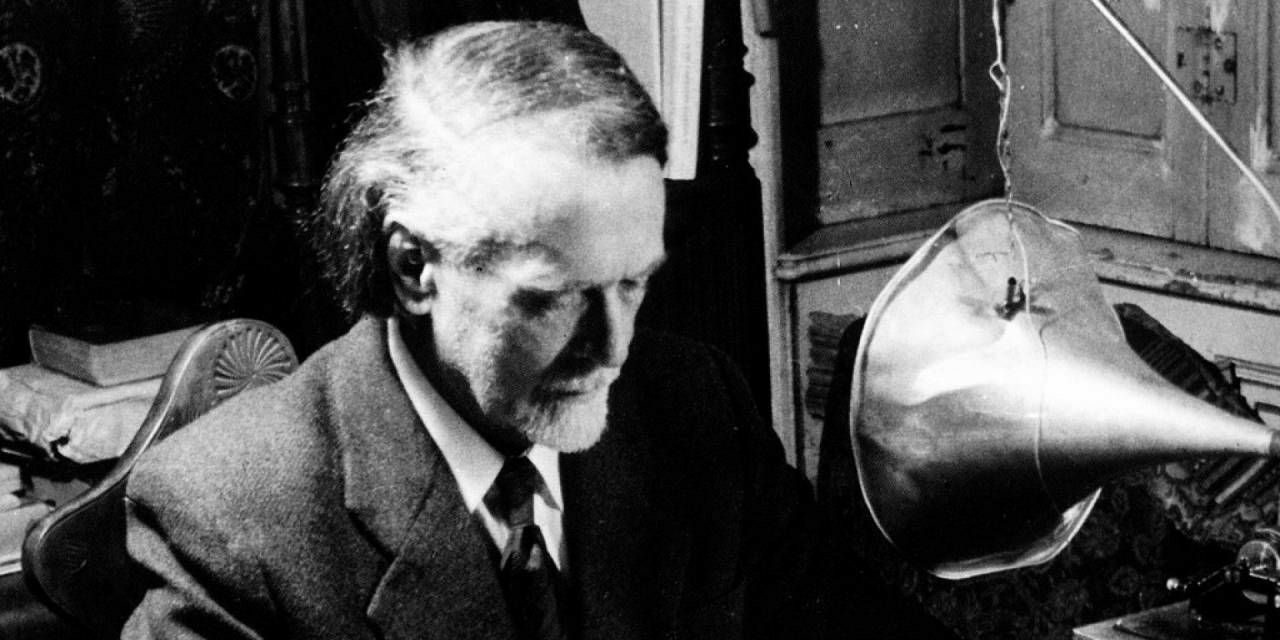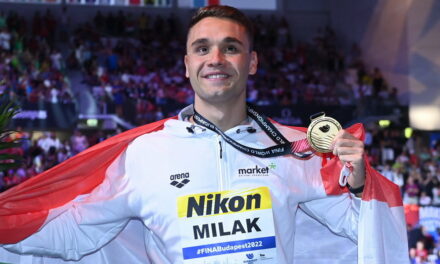One hundred and forty years ago, on December 16, 1882, Zoltán Kodály was born in Kecskemét, a Kossuth Prize-winning and two-time Kossuth Grand Prize-winning composer, folk music researcher, and academic who professed: "Let music be for everyone!" The Kodály method has been on the UNESCO list of intellectual cultural heritage since 2016.
His music-loving railroad father was transferred to Galántara in 1885, where he fell in love with folk songs, and as one of Kodály's first musical experiences, he heard Mozart's violin sonata in F major at the age of three. In Nagyszombat, in addition to his high school studies, he learned to play the violin, the horn and the piano. He got to know music literature from scores, and he was most influenced by Beethoven's Mass in C major and Ferenc Liszt's Mass in Esztergom. As an Eötvös college student, he studied Hungarian-German at the Faculty of Arts in Budapest and composition at the Academy of Music.
In 1905, he started collecting folk songs, became friends with Béla Bartók, and their joint publication was published under the title Hungarian folk songs.
His first orchestral piece entitled Summer Evening was presented in 1906, at which time he married the composer-translator Emma Sándor.
He made several study trips abroad, got to know Debussy's music in Paris, and was appointed a teacher at the Academy of Music in 1907. Their joint endeavors with Bartók to popularize modern music and collect folk songs were repeatedly blocked by public indifference and opposition from official circles. Between 1917 and 1919, in his articles published in the West, he proclaimed the importance of folk music and laid the foundations of Bartók's aesthetics.
During the Aster Revolution of 1918, he was appointed deputy director of the Academy of Music, during the Commune he participated in the work of the music directorate, and therefore disciplinary proceedings were initiated against him, he was not allowed to teach for years and was forced to remain silent. In 1923, the international success of Psalmus Hungaricus, written for the 50th anniversary of the unification of Budapest, lifted him out of his isolation.
Three years later, János Háry's song play, Székelyfono, based on folk songs, which was presented in 1932, was also staged at Milan's Scala.
His works were also conducted by Arturo Toscanini, with whom he had a friendly relationship, Kodály was the witness at the wedding of "the Maestro's" daughter. He produced a series of important works: the Marosszéki Dances (1927-1930), the Galántai Dances (1933) evoking childhood experiences, the Budavári Te Deum (1936) written for the 250th anniversary of the recapture of Buda, the Peacock Soared (1939), the Concerto (1940 ).
Kodály's activities as an educator became more and more extensive, in addition to his compositions, he also helped the Hungarian choral movement with singing and reading exercises. A significant milestone in his music theoretical activity was his monograph Magyar folk music (1937). He was related to the popular writers' movement, the activities of the March Front, and protested against laws based on racial discrimination.
During the Second World War, he saved the persecuted, and in the end he too had to go into hiding, but in the meantime he finished his Missa brevis. This was the first play that was presented in liberated Pest in February 1945, when music was playing in the lower wardrobe of the Opera House, and the fighting was still going on in Buda.
Kodály is the president of the board of directors of the Academy of Music, he was the president of the Hungarian Academy of Sciences between 1946 and 1949, he founded the folk music research group of the Hungarian Academy of Sciences, and in 1946 he conducted his own works on his first American concert tour. Czinka's song play Panna was presented in 1948, and three years later the Kállai duet was presented by the Hungarian State Folk Ensemble. From 1951, the volumes of the Magyar Népzene Tára were published under his direction. His last major works are Mohács (1965) and Laudes organi (1966). After the death of his first wife, in 1959, he married Sarolta Péczely.
He received the Corvin wreath in 1930, the Kossuth prize in 1948, the Kossuth grand prize in 1952 and 1957, several universities awarded him an honorary doctorate, and in 1965 he also received the Herder prize. He died on March 6, 1967 in Budapest.
A significant part of his life's work is his church music work. His choral works are the pinnacle of vocal music that can only be compared to Palestrina.
Together with Bartók, he did epoch-making work in collecting Hungarian folk music, but his activities were almost exclusively focused on Hungarian-speaking areas. His work was also significant in the fields of ethnography, music history, music aesthetics, music criticism, literary history, linguistics and language cultivation. He had a passion for clear pronunciation, and in addition to music, he also presided over language competitions.
The country's first singing and music elementary school was established in his hometown, and the Kodály Institute also operates here. Scholarships, numerous educational institutions, choirs, competitions and the Zoltán Kodály World Youth Band founded by Tamás Vásáry bear his name. The Zoltán Kodály Memorial Museum and Archive operates in his former apartment in Budapest.
Source: MTI












